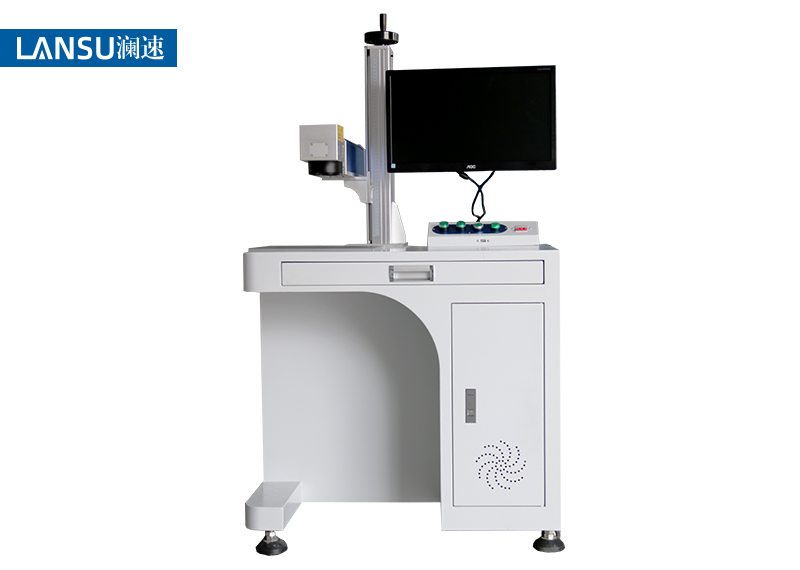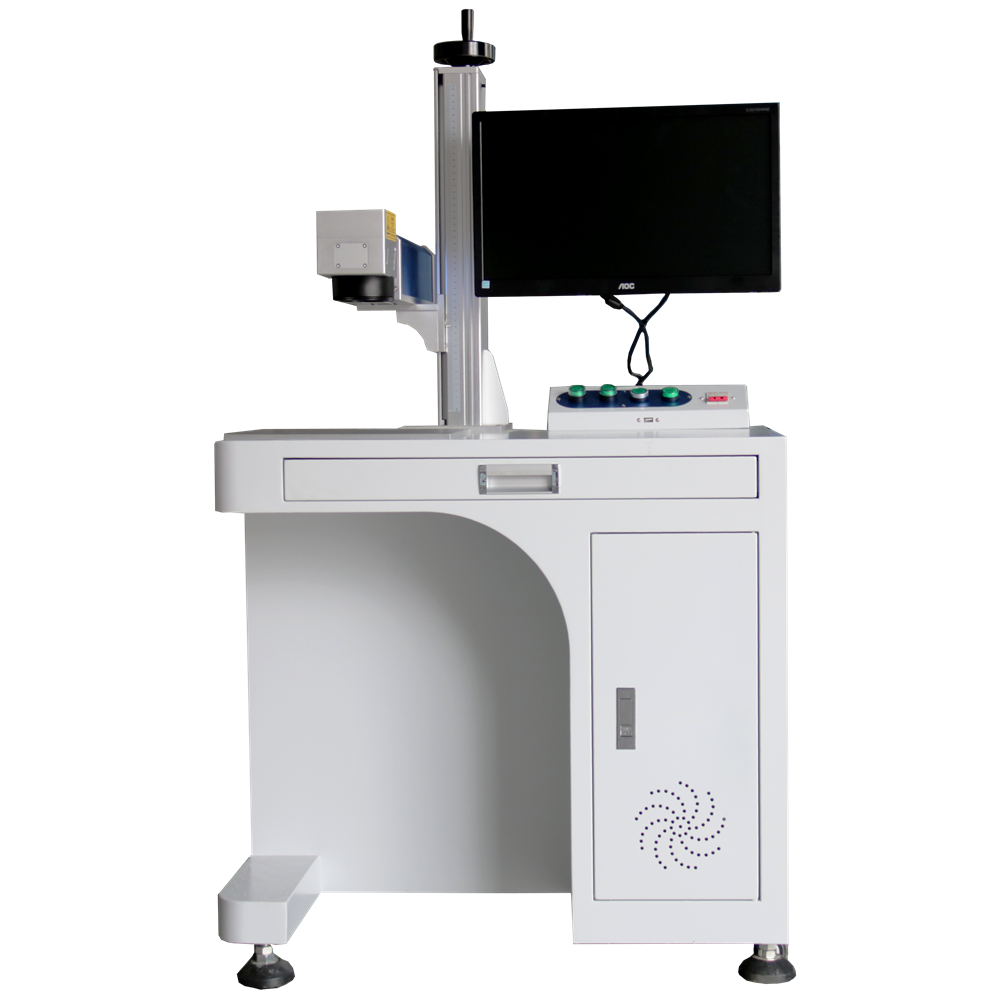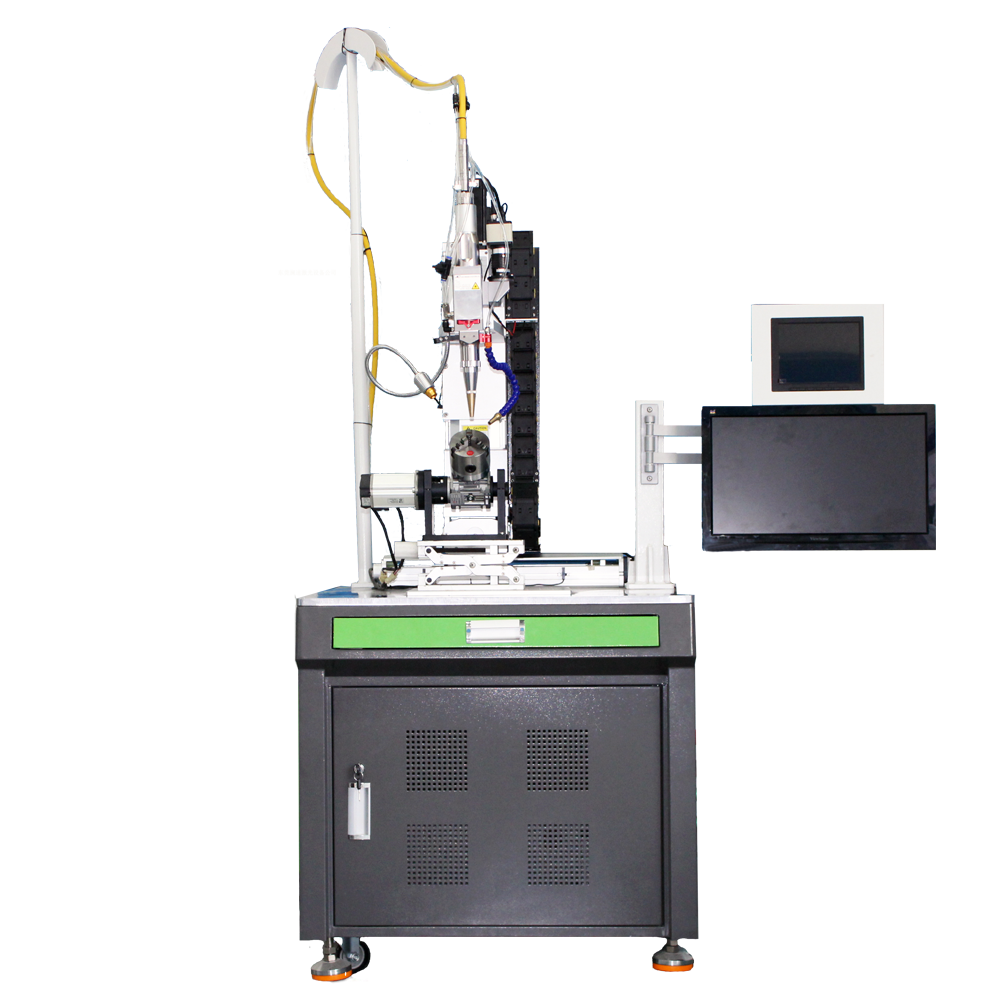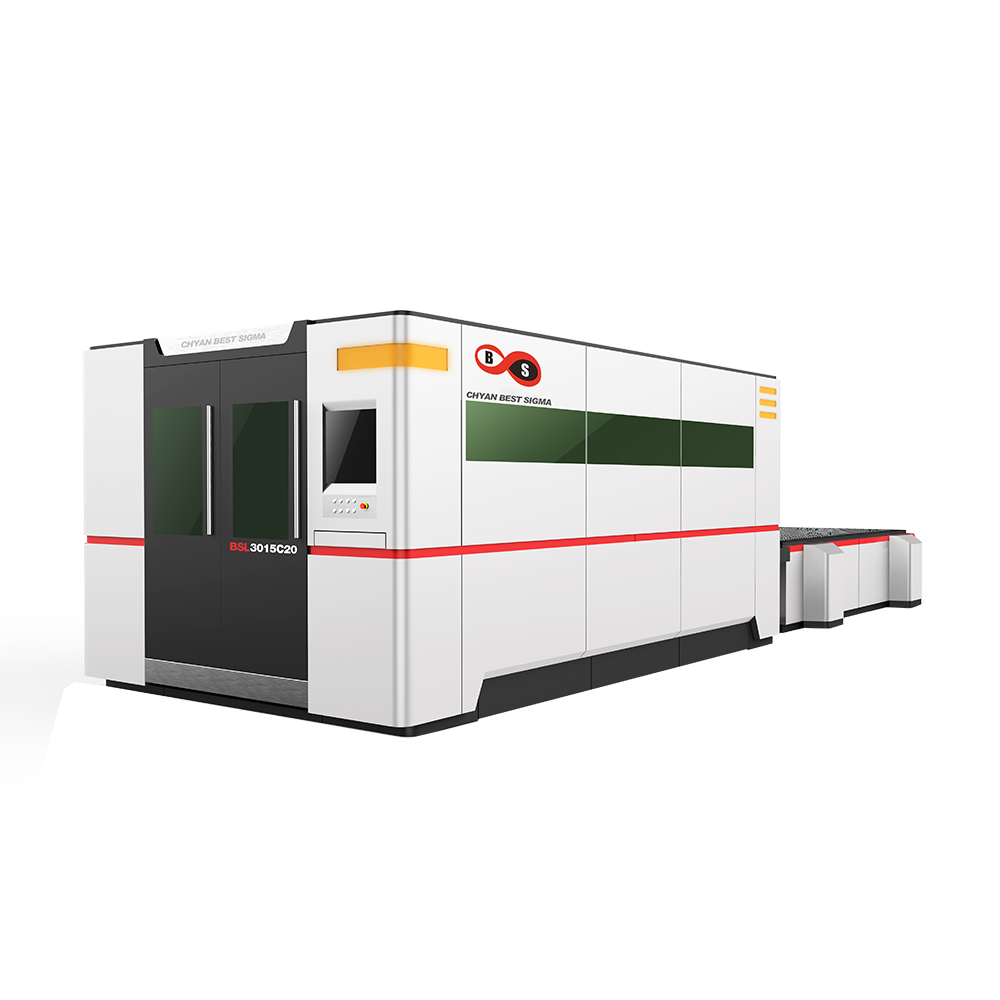What is the difference between green light laser marking machine and red light and purple light?
What is the difference between green light laser marking machine and red light and purple light?
Customers often ask what is the difference between a green laser marking machine and other red and purple lights. Today I will introduce the basic differences:
The red light has a wavelength of 635-980nm. Red light does not need any external device to generate laser light. More suitable for hitting metal materials, such as stainless steel, aluminum alloy and some plastic materials.

The wavelength of green light is 532nm. The green laser marking machine generates laser light by 808nmLD pumped crystal. It is suitable for marking glass and some non-metals. It can realize the soft marking of silicon materials against plastic materials. It can also achieve high-quality gold and silver reflective marking materials. A common green laser marking machine is a laser internal engraving machine. Its working principle It is mainly used to interfere with light. Shoot two laser beams into transparent objects (such as glass, crystal, etc.) from different angles, and accurately converge on a point. Because the two laser beams interfere and cancel at the intersection, their energy is converted from light energy to internal energy, emitting a lot of heat, and melting this point to form a tiny cavity. The machine accurately controls the intersection of two laser beams at different positions to create a large number of tiny holes, and then these holes form the required pattern. This is the principle of laser internal carving. Therefore, the general green laser marking machine is better at internal carving.
The output wavelength of the UV laser marking machine is 355nm. It can be used to control the heat input to metal materials. The light beam is soft and belongs to cold light processing. It can mark metal and most non-metal materials. UV laser marking machine is unique The low-power laser beam is mainly suitable for the upper-level market of ultra-fine processing.






